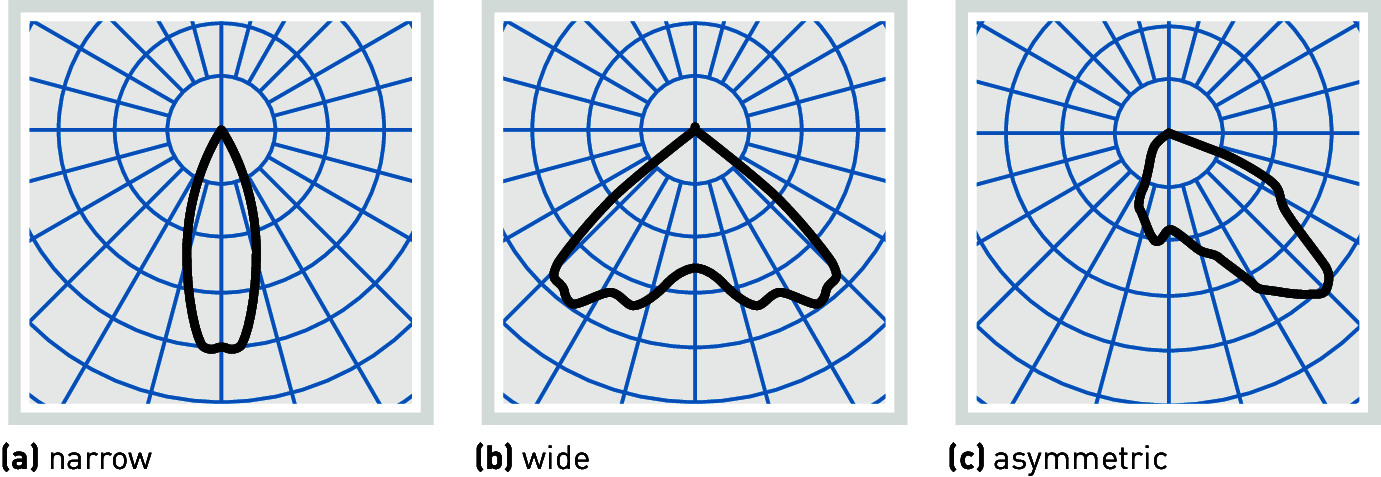

Directly connect to power supply (AC or DC) and they start to work. Doesn’t need any special circuit or electronics.Very simple devices with low manufacturing cost.More than 95% of energy is dissipated as heat.Cheapest of all the light bulbs mentioned here.Gradually being phased out due to their poor energy efficiency.Once widely used in residential as well as commercial lighting.The following image shows a typical incandescent light bulb with all its components. After experimenting with few other filament materials (even Platinum was once used), Tungsten was finally chosen as the filament due to its very high melting point. In the early days, the filament used in incandescent bulbs was made of Carbon. The filament heats up as electric current passes through it and as a result, it emits electromagnetic radiation in the form of visible light. At the center of the globe, there is a metal filament wire, through which electricity passes. It contains a glass globe filled with a noble gas to prevent oxidation. Even though there were few other types of electric bulbs before the incandescent bulb, the impact of incandescent light bulb on artificial lighting was very huge.Īn Incandescent Light Bulb is the simplest of all the light bulbs mentioned here. The invention of Incandescent Bulb is an important moment in the history of human existence. Let us now see about some of the important and popular types of Light Bulbs. Some of the popular light bulbs other the three main light bulbs are: is steadily rising.Īpart from these three light bulbs, there are other types of bulbs that are used in industrial, automotive, city lights and other commercial applications. Speaking of LEDs, they are the most energy efficient of the three and as the prices of LEDs are coming down year-by-year, the adaptation of LEDs into home, offices, commercial buildings, etc. Fluorescent Bulbs on the other hand, despite being energy efficient than incandescent bulbs, are gradually being phased out due to use of toxic substances (Mercury) in them and also increased availability of LEDs. In this, the Incandescent Bulbs are considered obsolete. These three are the main types of light bulbs used for residential and office use.

Let us now see some of the Different Types of Light Bulbs or Lamps. Mercury based Fluorescent Lamps work on this principle. There are several types of Luminescence phenomena and a commonly used one is the Fluorescence. The light produced by Incandescence is often described as ‘hot light’ where as the light produced by luminescence is called ‘cold light’. The light produced due to luminescence can be caused by several entities such as electrical energy, chemical reaction, excitation of electrons etc. Luminescence is a phenomenon where a visible light is produced by not heating the substance. The best example of this type of light source is the Incandescent Light Bulb, where a filament (usually Tungsten) is supplied with electric current and it produces light as it heats up. Incandescence is a phenomenon where a visible light (as a part of the Electromagnetic Radiation) is produced by heating (or raising the temperature) of a solid body.

Types of Light SourcesĪlmost all the artificial sources of Light work on two principles. With the widespread availability of electricity and a significant amount of technological effort into making better lighting systems, modern electricity based light sources come in a variety of shapes, sizes and types for all kinds of applications. Things changed with the invention of Incandescent Bulb, a source of light that is ‘fueled’ or powered electricity. A wick is used to control the amount of fuel that is being burnt and thus the mount of light it produces. Up until the late 19 th century, the main source of artificial lighting has been by burning of vegetable oil, animal oil, fat and waxes.


 0 kommentar(er)
0 kommentar(er)
